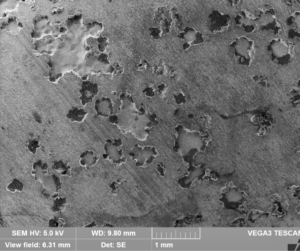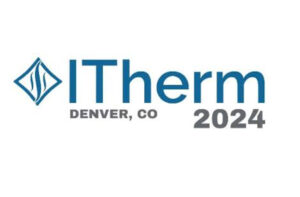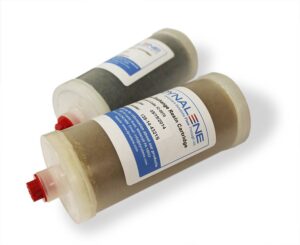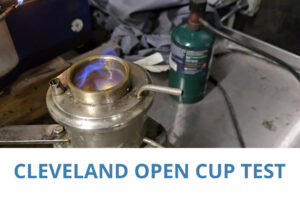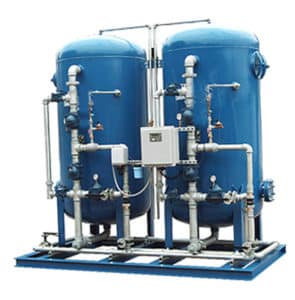Dynalene
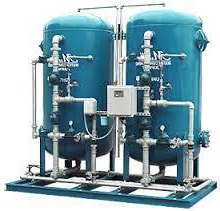
| Abstract Low concentrations of selenium (Se) in elemental form is relatively safe for drinking water and aquatic life, however elemental selenium and its compounds are toxic in high dosages [1]. The removal of selenium was investigated using two different ion exchange resins. Dynalene’s ion exchange resin was able to reduce the selenium to below 4.5 µg/L. |
| Introduction The EPA’s max contamination level (MCL) for selenium for aquatic life in freshwater is 5 µg/L [1], while the MCL for drinking water is 0.05 mg/L or 50 µg/L [2]. Elemental selenium occurs naturally and can be found in sedimentary rocks, coal, soils, and shales. Selenite (Se (IV)) and selenate (Se (VI)) are the two most common salt forms of selenium. Selenium enters water sources naturally by weathering or by mining, coal-fired power plants, and agricultural irrigation [3]. The main goal of this study was to see the removal effects of ion exchange resin on solutions containing selenium and if the resin could bring the concentration down to below the MCL. |
| Background / Experiment · Sample: Aqueous solutions made from sodium selenate. · Problem: High selenium concentration is dangerous to the ecosystem. · Initial concentrations: 5.3 mg/L selenium standard. · Adsorbent / Media: Ion exchange resin (SE-25MX and SE-25AX, Dynalene Inc. product). |
| Results and Challenges The selenium removal for SE-25MX and SE-25AX ion exchange resins were 5.4 µg/L and less than 4.5 µg/L. The method detection limit for the instrument was 4.5µg/L. Therefore, the exact amount of selenium in one of the test fluid was not detected due to its concentration is less than 4.5 µg/L. |
| Conclusion Ion exchange resins SE-25MX and SE-25AX can be used to lower the contaminant concentration of selenium to 5.4 µg/L and less than 4.5 µg/L, respectively. The size of the contamination removal system can be custom designed to meet customer requirements. |
| References [1] Smith, K & Vance, F.W., & Lau, A.O., “Evaluation of Treatment Techniques for Selenium Removal”, 70th International Water Conference 0905, (2011) 77-84. [2] Environmental Protection Agency, “National Primary Drinking Water Regulations”, EPA, March 22, 2018. [3] Environmental Protection Agency, “Aquatic Life Criterion – Selenium”, EPA, February 28, 2019. |
Share:
Facebook
Twitter
Pinterest
LinkedIn


